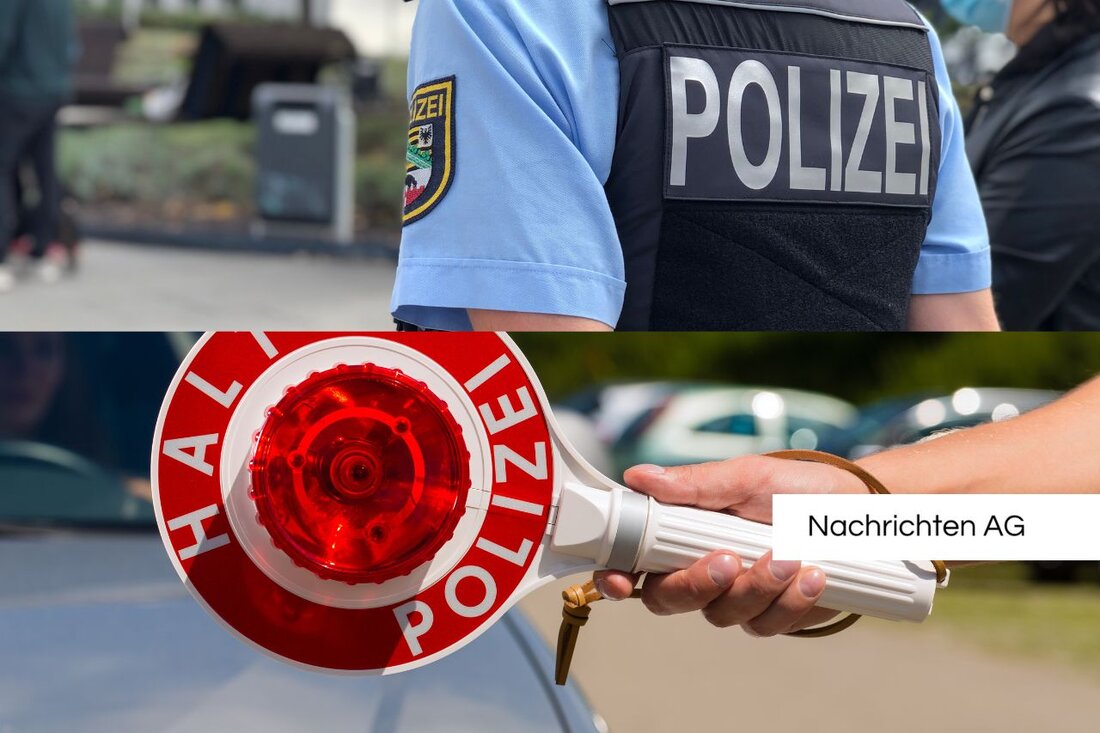Dutch start their own border controls - what is behind it?
Dutch control the border to Germany on their own. Controversy about asylum policy and citizen activism spark discussions.

Dutch start their own border controls - what is behind it?
On Sunday evening, the German and the Dutch police prevented an unauthorized control campaign at the border. Dozens of Dutch gathered to block the entry of asylum seekers from Germany. The police found the identity of those involved. The incident occurs against the background of a area of tension, which is characterized by the asylum policy of the Dutch government and the current situation on the borders to Germany. It is particularly explosive that the Dutch government broke in the dispute over a harder asylum policy on Tuesday.
The provisional Minister of Migration David van Weel urged the population not to take the right into his own hands. He emphasized the need to reduce the influx of asylum seekers and spoke out for stricter asylum laws and better border controls. In contrast, the right -wing populist politician Geert Wilders praised the own powerful controls as a "fantastic initiative" and even called for the military's use at the border. His party then announced the withdrawal from the four-party coalition, since his demands for a tough course in asylum policy were not met.
warnings and legal concerns
The Dutch police, together with the border community Westerwolde, warned that it was illegal to stop vehicles - a task that is only reserved for the police. They explained that such actions can create dangerous situations. About twelve men were involved in the control campaign who were dissatisfied with the unhindered entry of asylum seekers.
The situation at the borders is not only tense in the Netherlands. In Germany, the new Federal Minister of the Interior Alexander Dobrindt is strengthening controls at the external borders. The federal police staff is to be increased from 11,000 to up to 14,000. Dobrindt also announced that migrants are rejected in asylum cases, with which he lifted an earlier instruction from 2015 that excluded this. In the coalition agreement between the Union and the SPD it is stated that such rejections should happen in coordination with the neighboring countries, which remains unclear.
Current developments on the German border
The border controls were already introduced on the border with Austria in 2015 and gradually extended to other countries. In 2023, the number of unauthorized entry reached a maximum of 130,000, while in 2024 it sank to around 83,500. In the period from September 16, 2024 to April 30, 2025, the federal police registered a total of 33,406 unauthorized entry and 21,393 rejections.
The current developments on the border with Poland also attract attention. There, the strengthening of the border controls was announced, although everyday life on the border has so far remained unchanged, since the controls have been carried out since October 2023. Particularly noteworthy is the reaction of Poland's Prime Minister Donald Tusk, who emphasized that border controls should apply primarily at the external borders of the EU to avoid internal controls.
The reinforced controls undisputedly lead to longer waiting times for border commuters, but the time losses are usually low. The discussion about asylum policy and the corresponding measures remains a hot topic in the joint European debate, which is high waves in both the Netherlands and in Germany.

 Suche
Suche
